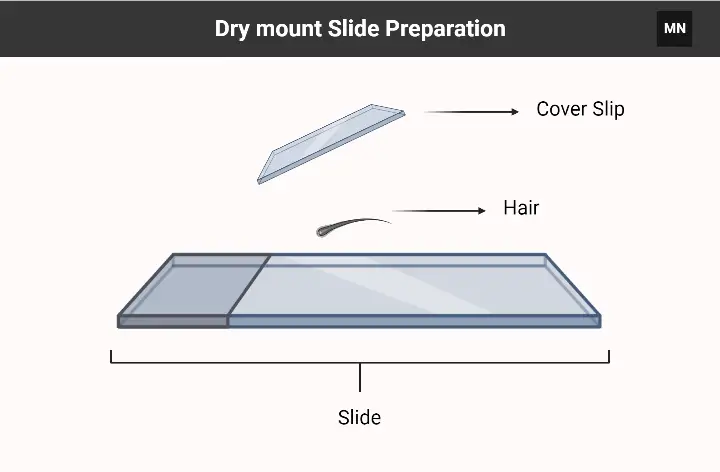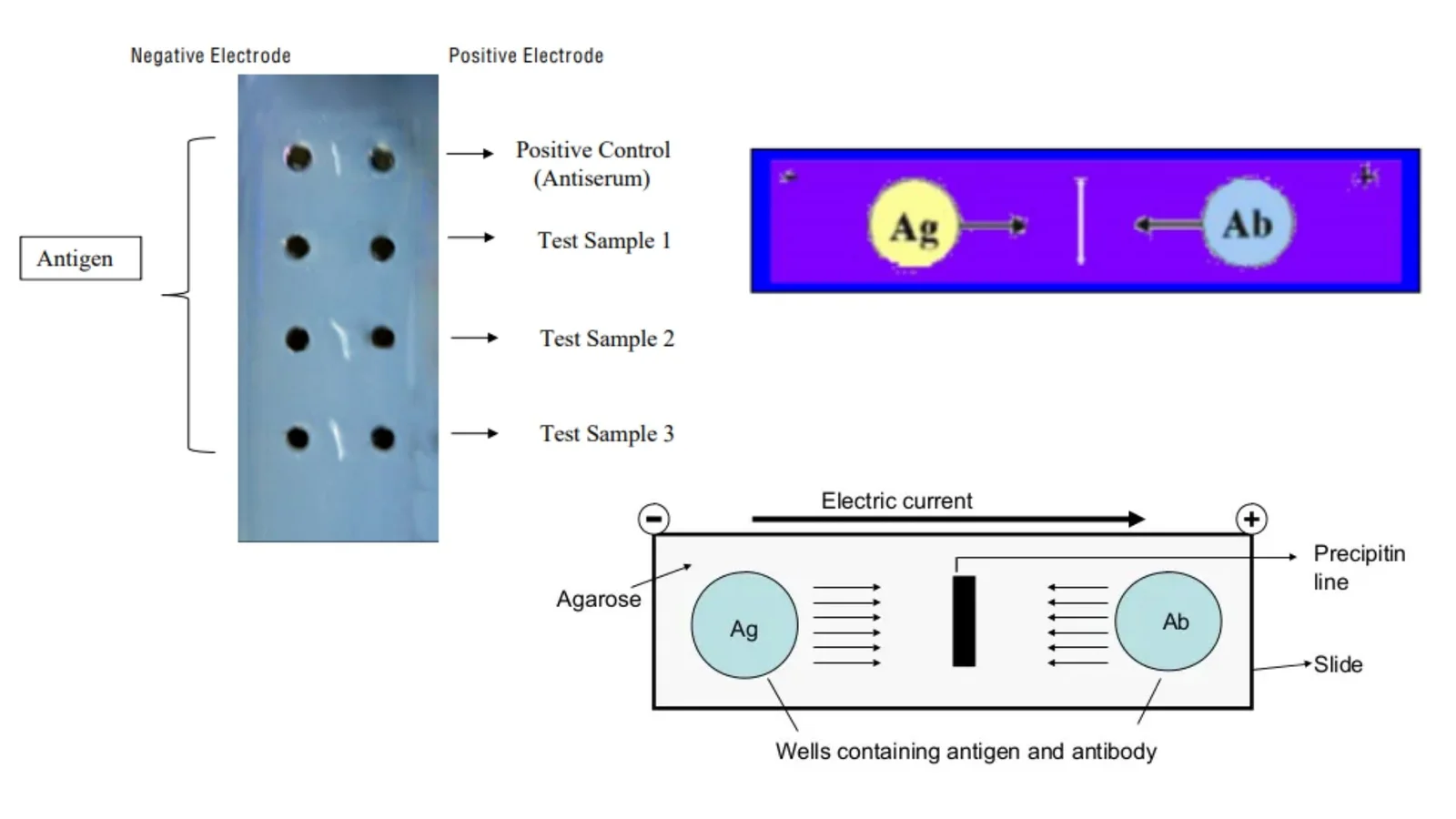Pipetting – Technique, Definition, Types
Pipetting Definition Pipetting is the process of using a pipettor to measure and dispense small volumes of liquid. It is a fundamental technique used in many laboratory procedures, including preparing solutions, dispensing samples for analysis, and performing various types of assays. When pipetting, the user first sets the desired volume on the pipettor by adjusting … Read more









